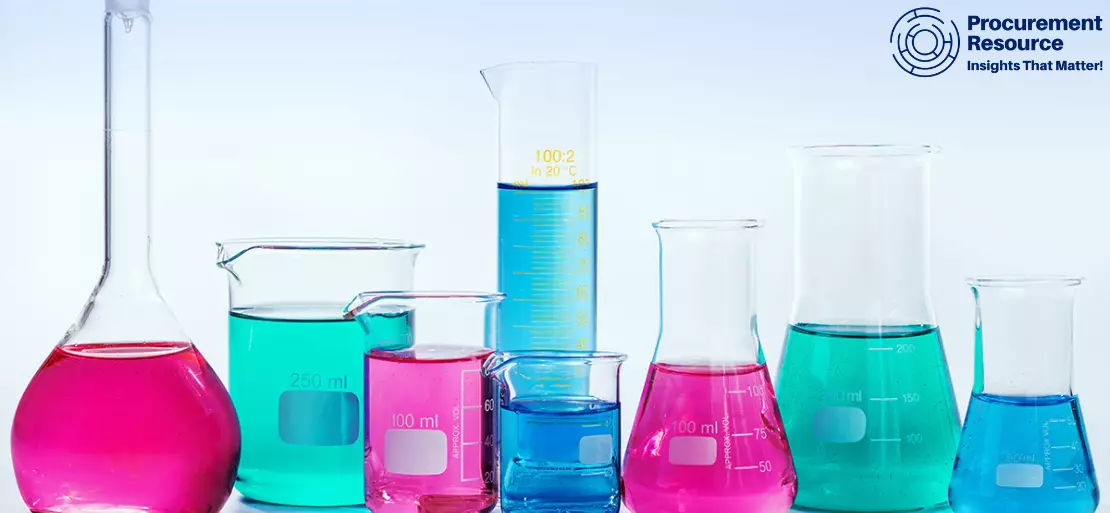European Titanium Dioxide (TiO2) Industry Outlook

The Europe titanium dioxide (TiO2) industry is anticipated to change swiftly in the year 2021, which is a fallout of Europe’s declining GDP in 2020. The GDP of Europe is likely to fall by 10.2% in the year 2020, followed by the expected improvement of the Eurozone to 6.0% in 2021, according to the data collected by IMF in mid-2020.
Therefore, the situation of the Eurozone, which is likely to be ameliorated, has made the European GDP optimistic. This optimism is likely to be a boon for the TiO2 industry as TiO2 is strongly tied to GDP. TiO2 is used as a white powder pigment in products such as paints, coatings, paper, plastics, inks, fibres, and cosmetics.
Second Wave of the Pandemic
There is a growing anxiety among the Europeans as the second wave of the COVID-19 pandemic has the potential to hinder the recovery of GDP. This could happen if the lockdowns are to be implemented again. However, this anxiety might be mitigated by the localised measures favoured by the governments and the citizens. Meanwhile, the bearing of market sentiments and activity will depend on the approval of the corona vaccine, which is anticipated to get approval in 2021.
For now, a substantial EU recovery package has been issued by the governments to tackle the market conditions amidst the coronavirus pandemic. The recovery package of worth Euro 750 billion is aimed towards supporting demands for certain segments such as “green” construction projects and electric vehicles. The demand for TiO2 is likely to be bolstered because of this much needed financial aid given to these segments.
Slow Recovery in the Construction Sector
The construction activity in Europe is unlikely to return to pre-pandemic levels until Q3 2021. In addition, the downturn is more severe in Western and Southern Europe. Concerns remain about investments in construction projects, especially in the commercial building sector, because of the growing adoption of the work-from-home model to curb the pandemic.
Due to the pandemic-induced recession, the European building material and construction industries will probably suffer. This is not good news for the European GDP. However, one sigh of relief that can be considered is that the construction industry is likely to recover in 2021-2022. Once the vaccine is approved, or lockdowns are lifted, and localised measures are taken, then the building and construction industry is likely to rebound in the next few years, aiding the growth of the Europe titanium dioxide (TiO2) industry.
Robust Demand from the Do-It-Yourself Sector
Apart from the pharmaceutical sector, other sectors have not been very productive in the year 2020. However, the do-it-yourself sector is one of the few sectors which has benefitted from the coronavirus-induced circumstances.
This happened because of the prolonged stay-at-home measures, which encouraged consumers to carry out more home renovation projects. The activities related to DIY have been higher than expected, especially during the peak season, for paint applications. This has provided further growth opportunities for the Europe TiO2 industry.
Recovery Packages
Since TiO2 industry is strongly dependant on the GDP of Europe, the recovery packages to sustain the volatile market conditions are of grave importance. These recovery packages and various government incentives are likely to propel the demand for TiO2 in the auto, paints, textile, and construction sectors.
As of mid-September, dwindling hopes of a trade agreement being reached between the UK and the EU is unsettling the industry players, especially as there are two TiO2 production sites in the UK. The UK is the net exporter of TiO2. If there is a no-Brexit deal in 2020, then a tariff rate of 6% would get implemented.
Supply Scenario
The supply of TiO2 has faced a crunch in the European market due to the permanent closure of Venator’s TiO2 Pori plant in Finland. But the supply shortage is likely to be mitigated by the factors such as the availability of alternative supply options and Venator shifting around 45,000 tons of its previous Pori specialty TiO2 production sites within its network.


